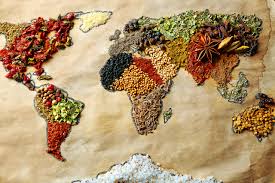Excise tax, often dubbed as the “sin tax,” was initially conceived to deter the consumption of harmful products and compensate society for the negative externalities caused by their use. The traditional notion of excise tax targeted products such as sugar confectionery, tobacco, alcohol, and gambling. However, in recent years, we have witnessed a shift in the original idea, with governments, including the Government of Kenya, leveraging excise tax not only as a means of discouraging consumption but also as a versatile tool for revenue mobilization and industry protection.
The Changing Landscape:
The primary motivation behind excise tax has been to discourage the use of harmful products and compensate for the societal damage incurred. However, in the face of evolving economic structures and changing consumer habits, the Government of Kenya has expanded the scope of excise tax beyond its traditional boundaries.
Excise as a Revenue Mobilization Tool:
The structure of the Kenyan economy has undergone a significant transformation, with a substantial shift towards a service-oriented sector. In 2022, 55% of Kenya’s GDP was attributed to the service sector, driven by innovations, increased mobile phone penetration, and widespread internet accessibility. In response to this economic evolution, the government has broadened the definition of excise tax to include services such as financial transactions, mobile money transfers, mobile data, gambling, and betting. The expansion of excise into these areas reflects a strategic move by the government to utilize excise tax as a potent revenue mobilization tool.
Excise as a Protective Measure:
Beyond its traditional application to discourage the consumption of harmful products, excise tax is now employed as a protective measure for specific industries. In instances like the agricultural sector, the government has introduced excise taxes on products like eggs, onions, and potatoes to provide a cushion against imports. This demonstrates a new role for excise tax in safeguarding domestic industries from external competition.
Conclusion:
The landscape of excise tax has undeniably evolved from its origins as a “sin tax.” The contemporary application extends beyond deterring the consumption of harmful products, now encompassing revenue mobilization and protective measures for industries. As the scope of excise tax widens, businesses and individuals alike must stay informed about these changes. Seeking guidance from tax experts is crucial to navigating this dynamic landscape and understanding the implications for both consumers and industries. In a world where excise tax serves multiple purposes, staying informed is the key to effective financial planning and compliance. Reach out to one of our tax advisors today.














